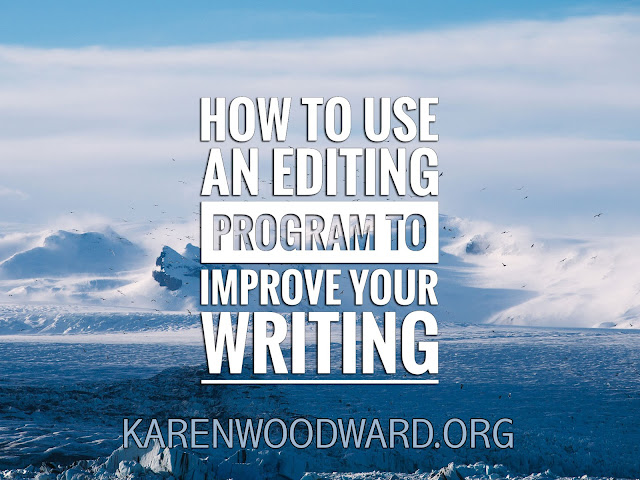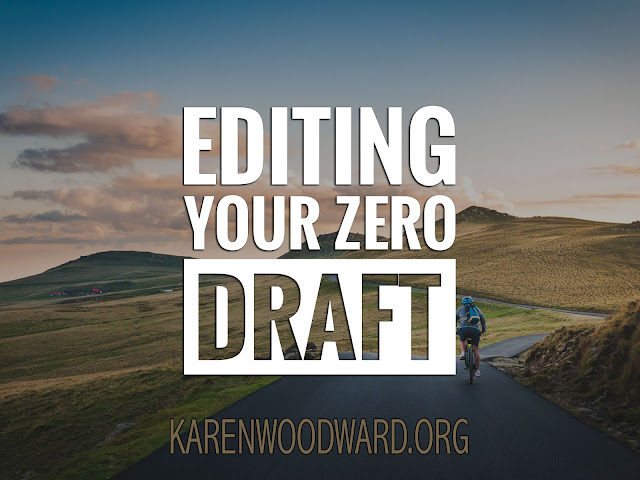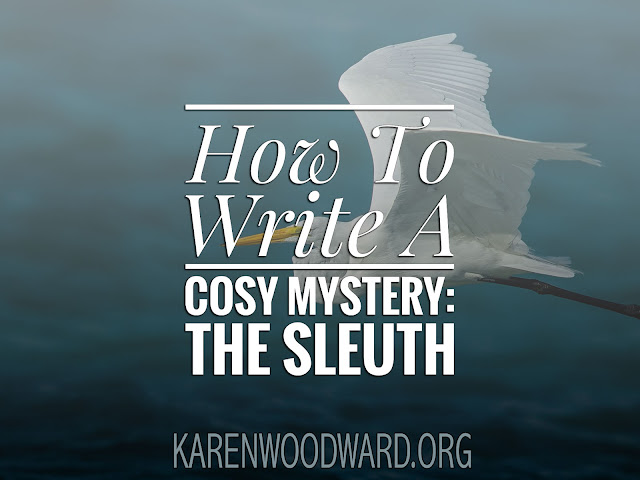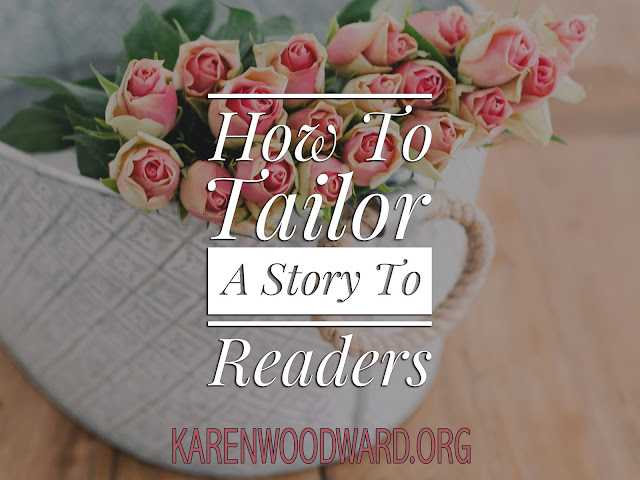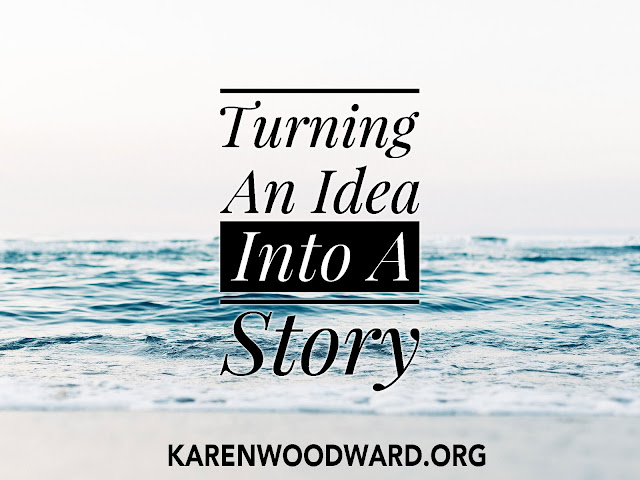“What the creator of character needs is not so much knowledge of motives as keen sensibility; the dramatist need not understand people; but he must be exceptionally aware.”—T.S. Elliot
I’ve more or less finished my series on key scenes and would now like to talk about how to create a character readers can’t help but care about. Let’s start with a few common questions. (By the way, pretty much everything I say in this post is inspired by two books:
Techniques of The Selling Writer by Dwight V. Swain and
Creating Characters: How to Build Story People by Dwight V. Swain.)
How many characters should I have in a story?
As you would expect, the number of characters in a story will depend on the length of your story. Here’s the rule of thumb: use only the bare minimum needed to advance the story. That is, use the minimum necessary to drive the story forward.
How can I tell if a particular character is necessary?
There are two questions you can ask about each character. First, Does this character advance the conflict? In other words, Does it advance the story? Dwight V. Swain writes:
“If a story person isn’t for or against your hero, leave him out. Every character should contribute something: action or information that helps or harms, advances or holds back.”[1]
Second, can two or more characters be combined? If the contribution of two or more story people make can be made by just one character then combine them.
How can I tell if readers will find a particular character interesting?
Your characters need to be stressed. There needs to come a point in the story where a character either overcomes the situation and gets rid of the stress OR it breaks her. Swain writes:
“Let pressure strip away the gloss and reveal them as they really are.” [1]
How much inner growth should my character go through over the course of a story?
What time-span does your story cover? 24 hours? 48 hours? Days? Years? Centuries?!
How much inner growth your character experiences will depend on the timespan of your story. If it takes place over the course of 24 hours then chances are the character won’t change as much as the protagonist of a story that is stretched over a decade.
How can I bring a character to life?
a) The character must be UNIQUE and VIVID.
You want your story, you want what happens to your characters, to hook into a reader’s emotions. Swain writes:
“Liking characters is vital to your reader. So is disliking and feeling pity and contempt and respect and tenderness ... / Why? / Because without such variations of emotional reaction, the reader can’t care what happens to your people. / If he doesn’t care, he can achieve no sense of inner tension when they’re endangered.”
So the 64,000 dollar question is, how do I make a character _unique_ and _vivid_? Here’s how:
i. Each character, even a walk-on, must have a dominant impression.
Here are examples of what Swain means by a dominant impression:
•
distinguished person
•
cruel man
•
sexy woman
•
flighty girl
•
rowdy boy
ii. Fit a character’s dominant impression to your character’s role in the story.
One question which comes up here is, should you cast the character to type or against type?
For example, if your protagonist is a hero, do we cast him to type or against type? If we cast him to type then we might make him a “tall, dark, handsome, physically prepossessing man.”[1] In this way we fit the character to match your audience’s preconceptions.
If we decide to cast the protagonist against type Swain suggests that we might make him ugly, gawky and/or awkward. If we do this then we intend the character to clash with your audience’s preconceptions.
Pros and Cons of casting to type:
Pro: When we cast to type the reader will be familiar with the kind of character we’re creating. Familiarity is a powerful thing. As Swain writes, a familiar character “makes for easy reading ... demands no thought, no readjustment.”[1]
Con: When we cast to type the reader will be familiar with the kind of character we’ve created and this increases the chance he will become bored.
Pros and Cons of casting against type:
Pro: Casting against type after adds realism and interest.
Con: Your audience won’t be immediately familiar with your character. Swain writes, “... you must be prepared also to devise ways to get Reader to accept that contradiction.”
iii. Modify the picture.
Is the dominant impression accurate? That is, does the dominant impression give a true impression of the character, of the kind of person she really is?
For example, if the character’s dominant impression is that of a dignified person then we need to ask whether this is a mask she adopts to hide her stupidity or selfishness.
Or say that the character’s dominant impression is that of a cruel person. Is the character truly cruel or is this just an appearance the character uses to mask an overly generous inner nature?
Characters, like flesh-and-blood people, are contradictory. Inconsistent. Capturing this inconsistency is a big part of what makes a character interesting. A word of caution, though. Be selective in your introduction of inconsistencies. If you introduce too many then it might be difficult to maintain the dominant impression.
For instance, think of Quark on Deep Space Nine [link]. In more than one episode we got a peek at Quark’s softer nature, but this didn’t change his dominant impression: greedy alien.
For more on this see: [link to article about conflicting desires. McKee]
iv. Different kinds of tags
An example of a tag is:
•
black hair
•
a stutter
•
shuffling one’s feet
Tags are important for two reasons. First, because they are how a dominant impression is created. Second, tags help readers tell one character from another.
According to Dwight V. Swain there are at least four different kinds of tags: tags of appearance, tags of speech, tags of mannerisms, tags of attitude (also called traits). Let’s look at each of these in turn.
Appearance:
Examples of tags of appearance: Tall, short, handsome, blue eyes, skin color.
Speech:
University professors talk differently than truck drivers or longshoremen. Sex workers likely have a vocabulary that is different from the average pastor’s wife!
Beyond this, a dialect is a tag, so is an accent as well as habitual expressions (e.g., “well now” “one more thing”). Swain writes:
“We fumble, grope, speak precisely or pedantically or slangily or to the point. Our use of language reflects background, experience, occupation, social status, psychology, and a host of other things.”[1]
Mannerisms:
For example, scowl, flutter, rub hands, tug earlobe, person who dodges eye contact, close talkers, doodlers, nail cleaners, smoker, uses hands when talking—even over the phone!
Attitude/Traits:
Tags of attitude are also called traits. Examples of traits are being habitually apologetic, being fearful, being irritable, being breezy, being vain, being shy, being obsequious, being fearful, being irritable, being breezy.
Also, hobbies can be tags of attitude: being a aficionado of miniature trains, being a collector of Star Wars memorabilia, and so on.
How many tags per character?
How many tags should a character have? This depends on their importance to the story. Are they a walk-on, a minor character or a major character?
Walk-on: If a character is a walk-on they might be the guy who delivers your protagonists pizza never to be seen again. This sort of a character only needs one or two tags.
Minor: If a character is a minor character then perhaps give them one or more tags from each category.
Major: If a character is a major character then give them one key tag from each category. Key tags are tags you’ll mention each time you re-introduced the character. You’ll probably want to give the character more than four tags, though, because otherwise your descriptions might seem repetitive.
BRING TAGS ON IN ACTION!!!
This point is extremely important. Vital. Don’t make your descriptions static. Swain writes:
“Often, the best trick is to try to find some bit of stage business on which to hang the tag.”
For example:
For a proud woman: “She stood there for a moment, the violet eyes ever so steady. Only the slightest trace of heightened color showed in the smooth cheeks. / Then, with a quick, deft movement, she snapped the purse shut, turned still without a word and, blonde head high, left the room.”[1]
Irascible character: “Get out!” he roared, jowls purpling.”[1]
Use tags whenever character is re-introduced
I’ve mentioned this already, but it’s important enough to get its own point. Use the tags every time the character has been offstage for a while and needs to be re-introduced. For example:
“If a girl has dark, wavy hair, let her run her fingers through it, smooth it, brush it back, complain how it won’t hold a permanent, or the like, at virtually every turn.” [1]
Summary: Guidelines for using Tags
- Tags are used to create a dominant impression.
- Tags are used to reinforce a character’s personality.
- Tags are used to modify the dominant impression and show how the inner person can differ from the outer.
- There are various kinds of tags: tags of appearance, speech, mannerism and attitude.
- We looked at how many tags a character should have depending on their importance to the story. Are they a walk-on, a minor character or a major character.
- Finally we talked about how to re-introduce a character with their tags.
Every post I pick a book or audiobook I love and recommend it to my readers. This serves two purposes. I want to share what I’ve loved with you, and, if you click the link and buy anything over at Amazon within the next 24 hours, Amazon puts a few cents in my tip jar at no cost to you. So, if you click the link, thank you! If not, that’s okay too. I’m thrilled and honored you’ve visited my blog and read my post. :-)
Today I’m recommending
Techniques of The Selling Writer by Dwight V. Swain and
Creating Characters: How to Build Story People by Dwight V. Swain. I’ve read these books cover to cover and unreservedly recommend them!
That’s it! I’ll talk to you again tomorrow. Till then, good writing.
Word count so far: 22,454
Word count this post and last: 1,000 + 1639
Total words this month: 25,093
Notes:
1. Techniques of the Selling Writer, Dwight V. Swain [http://amzn.to/2fphS6v].

